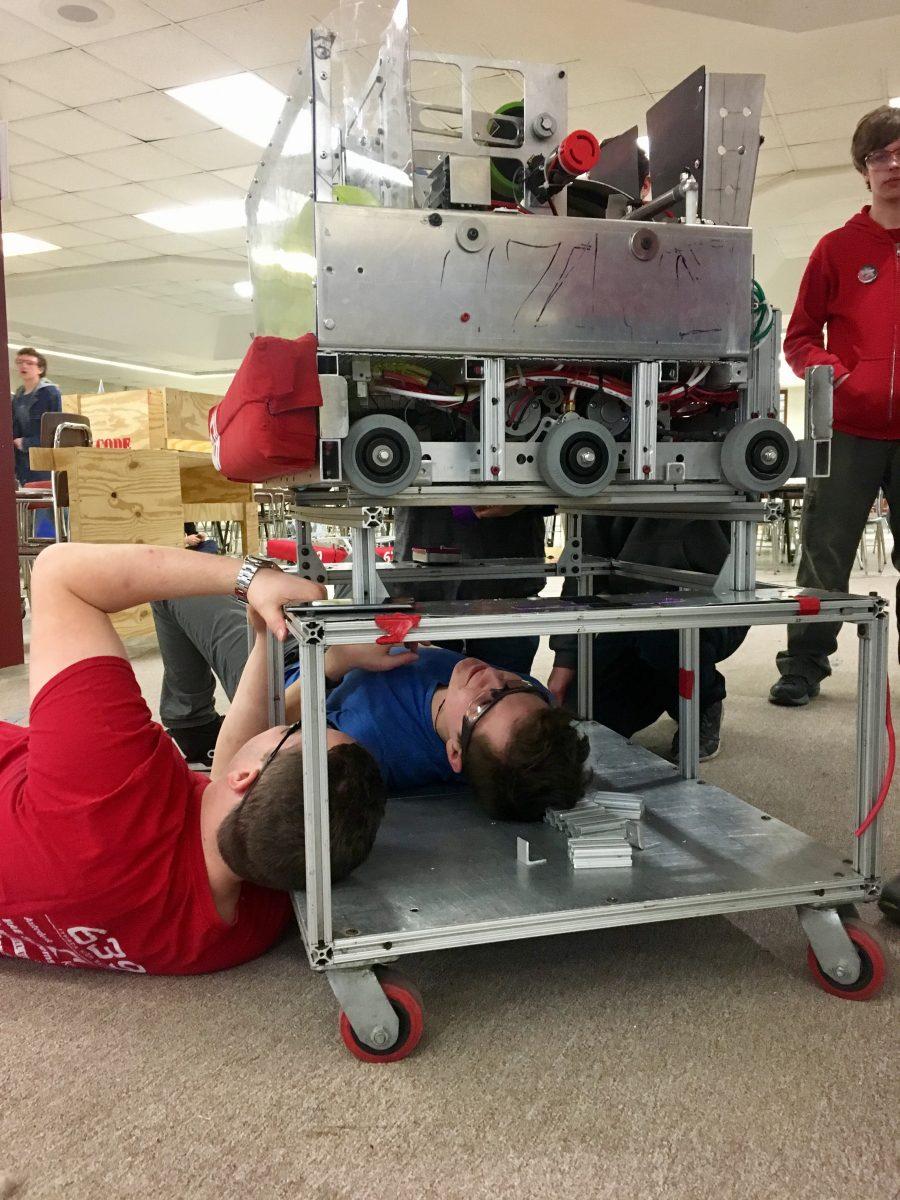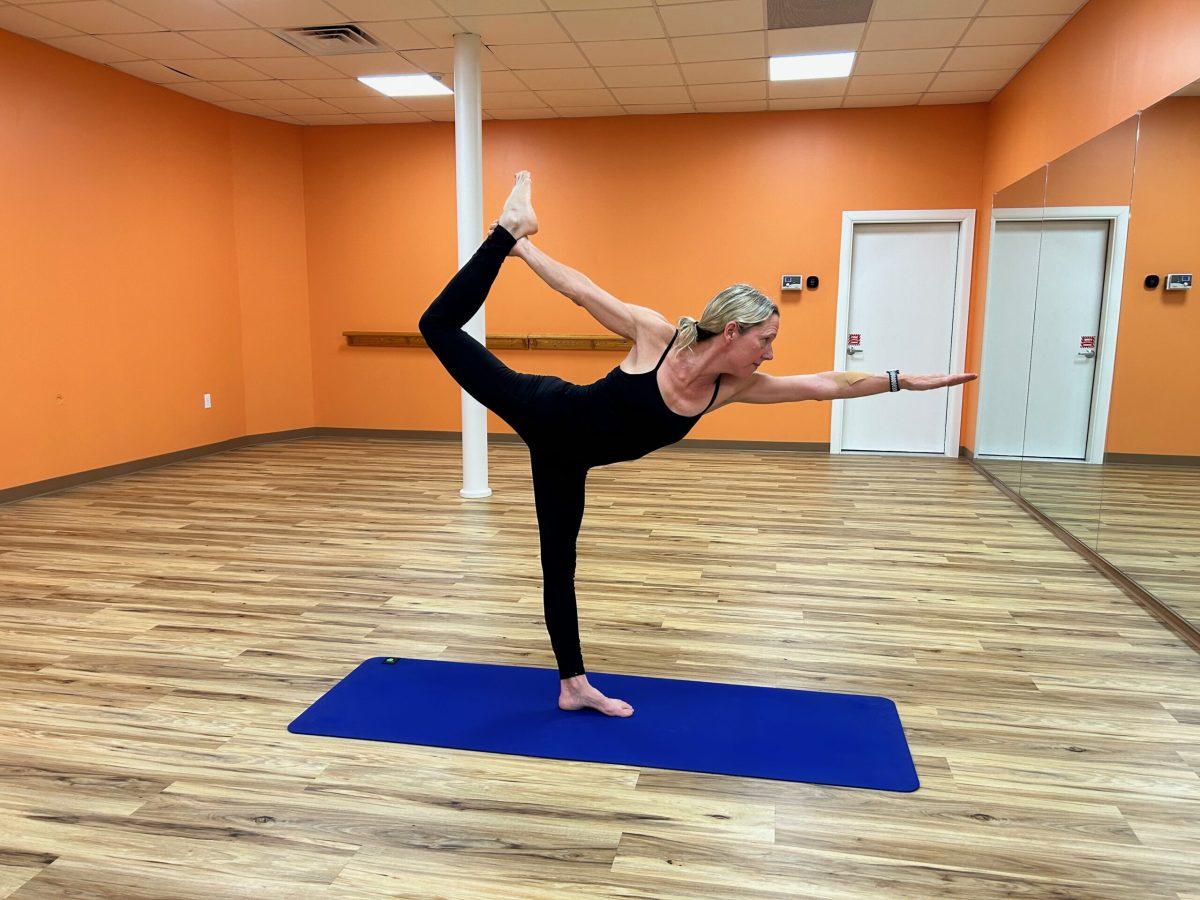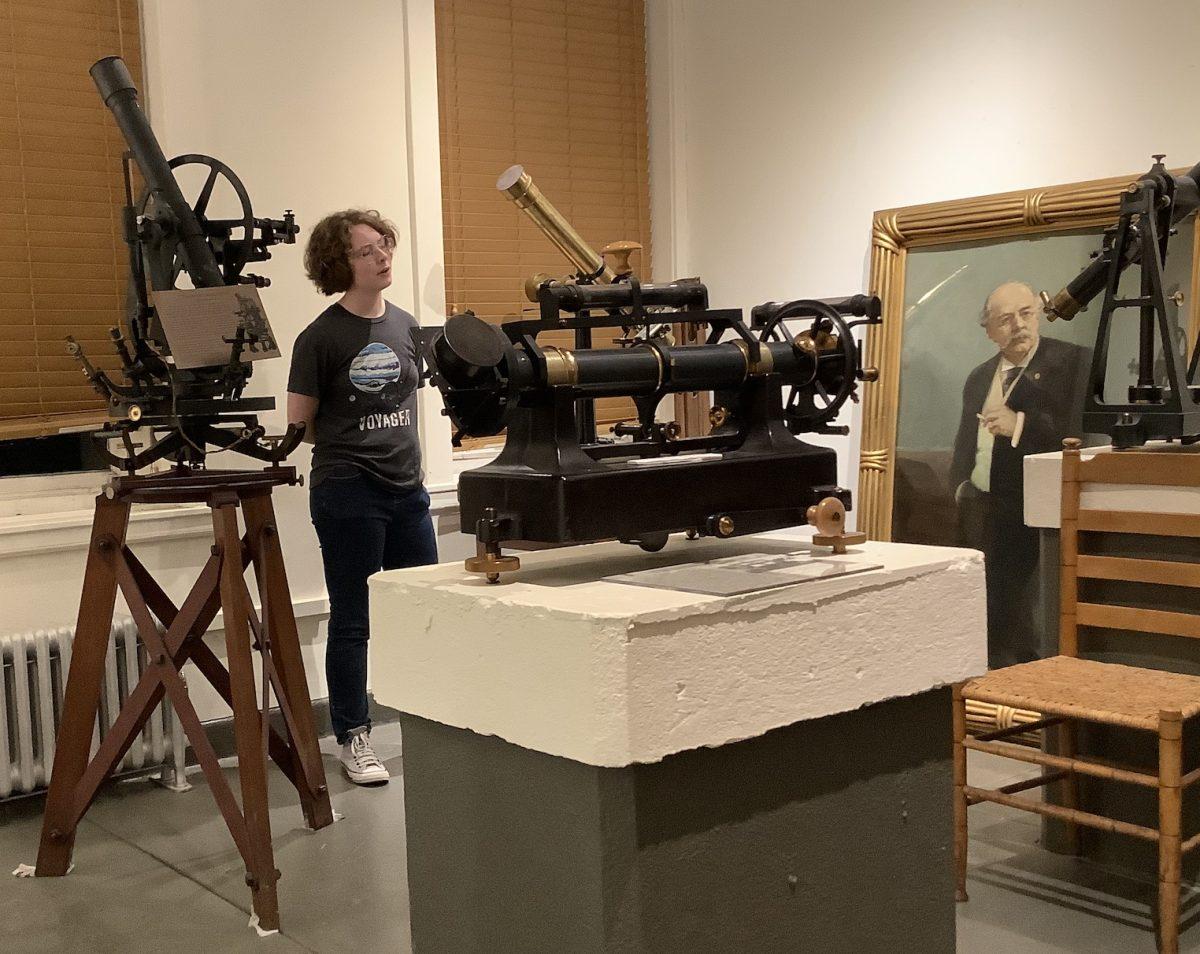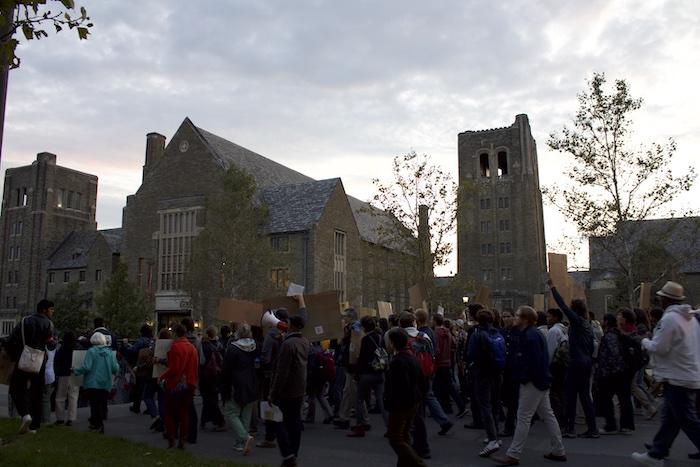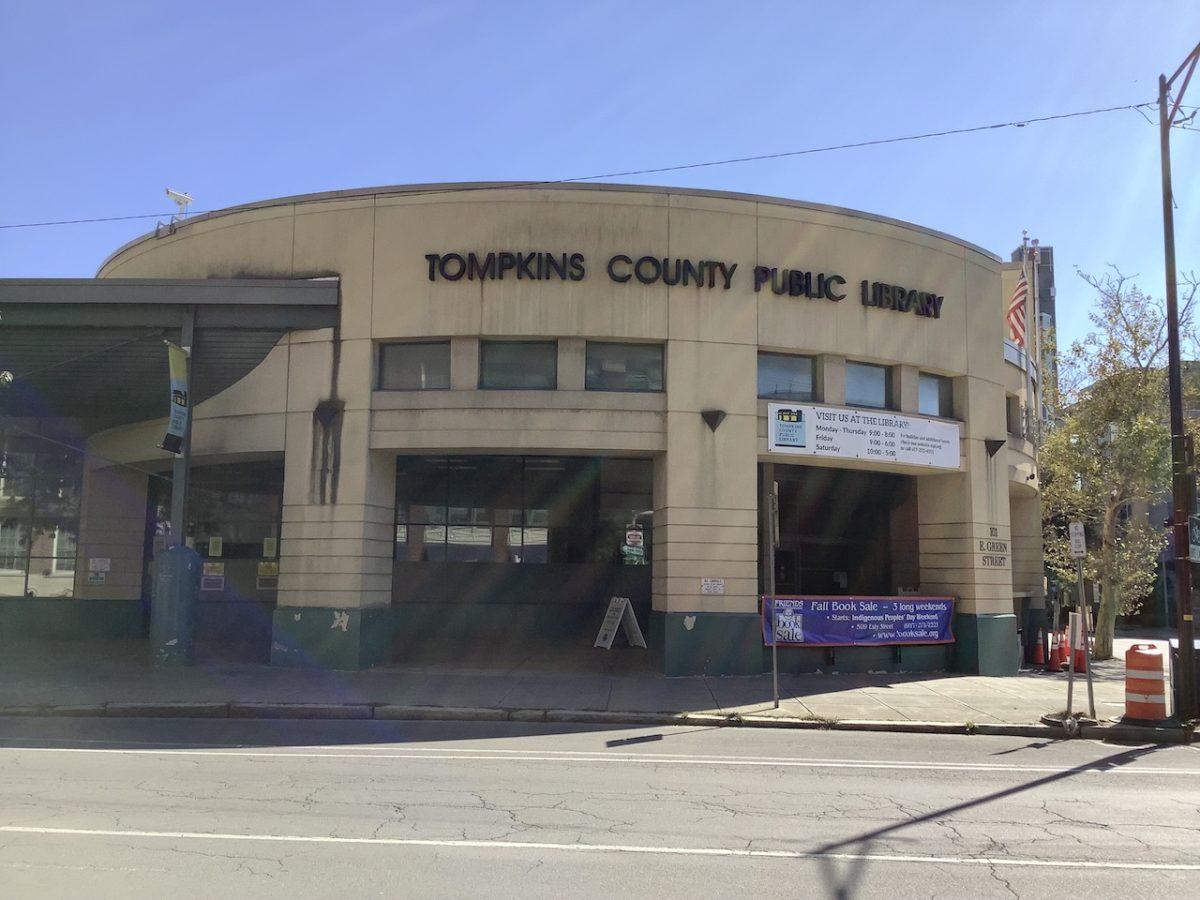Podcast:
ITHACA-
Although it is February break for high school students across New York State, that does not stop the Ithaca High School Code Red Robotics Team 639 from learning. On Feb. 21 the team ended its six-week and three-day build season in which they had to construct a robot. They are now gearing up for the two regional competitions that they will be attending in mid-March.

Code Red Robotics is a club comprised of 69 students, 20 volunteer mentors and a faculty advisor. Their goal is to create a robot that is under 120 pounds with the task of working together with other robots, not fighting them.

Elliot Richards, this year’s president of the club and a senior at Ithaca High School, said that not only does the team work about 35 hours a week to build their robot, but they also dedicate over 4,000 hours of STEM outreach and service to the Ithaca community.
“It is an amazing feeling to have this group of students that are so passionate that we want to stay after school every day until 9 p.m. for six weeks and build a robot, travel across the country to go to competitions, and then still have enough left in the tank to go across the community and share our creation,” Richards said.
The team is a part of an organization called FIRST, which stands for For Inspiration and Recognition of Science and Technology. According to their website, the program is a nonprofit that began in 1989 with the mission of sparking young students’ interests in science, math and technology fields while also developing confidence and life-skills. FIRST has multiple divisions, the most advanced being FIRST Robotics Competition (FRC). Code Red is just one of the 3,000 teams across the world in this program.
The first competition they are attending is at Rensselaer Polytechnical Institute over the weekend of March 16-18. The second competition they are going to is in Suffern, NY from March 24-26. During each competition, teams are randomly combined into alliances of three robots. The alliance must then work against the other alliance on the battlefield in order to get a system to work. This results in six robots on a field at once.

The theme of the competitions this year is called FIRST Steamworks and is modeled after the functions of a steamboat. Throughout the field there are wiffle balls and plastic gears that the robots must pick up and feed into the model steamboat to give it energy and to gain points for their team. The more objects that a robot picks up, the more points they are eligible to receive. The Code Red Robotics team’s nearly 120-pound robot must then use its velcro climb to the top of rope as fast as possible.
Ian Krywe, the head faculty advisor for Code Red Robotics, said the team provides students with more than just an opportunity to build a robot, but introduces them to a possible interest in STEM fields.
“A huge percentage [of the team] do go onto some sort of STEM degree program in school or in the workforce,” Krywe said. “When students first join the team they often don’t have any interest in pursuing a career in STEM, but by the time that they graduate they switch gears and have found some kind of niche in the field that they want to go into. It’s really neat to see the transformation in the kids.”

Karina Burbank, public relations officer of the club and a junior at Ithaca High School, has been involved with the club since she was a freshman after watching both of her brothers participate. Burbank writes for local media about the team, is interviewed on the radio and writes updates for their corporate sponsors. She said Code Red Robotics has positions for all students, whether they are interested in STEM fields or other areas of study.
“No matter what your passion is there is a way to explore it on the team and develop it in a professional setting,” Burbank said. “Code Red is a really great way to see something that you’ve made and worked so hard on actually have an impact on yourself and on your life.”

The team was founded in 2001 by a group of interested technology teachers and parents and has won a plethora awards over the years. Last year the team came in first place at the Finger Lakes Regional Competition with an alliance of two other teams out of the nearly 50 teams that participated. This victory qualified the team for the World Championship in St. Louis, MO. Due to the team’s large amount of STEM outreach, their entrance fee was covered by a $5,000 grant from NASA. The team also won the Finger Lakes Regional Engineering Award and the World Championships Division Semi-Finalist Award last year.
“You can’t always build off of the momentum of the previous year because every challenge is different and every design is different,” Richards said. “We did very well last year and we still have the energy and drive from that, but it all comes down to how well can we get our robot to function on the field.”

